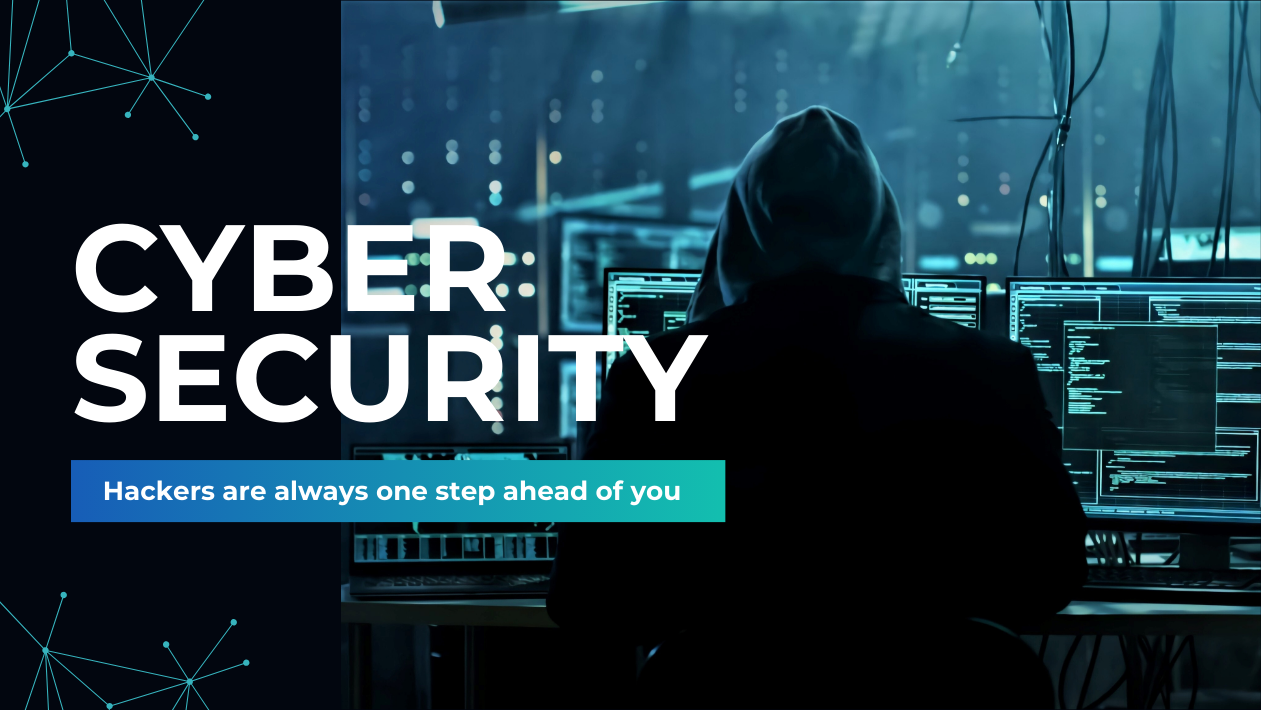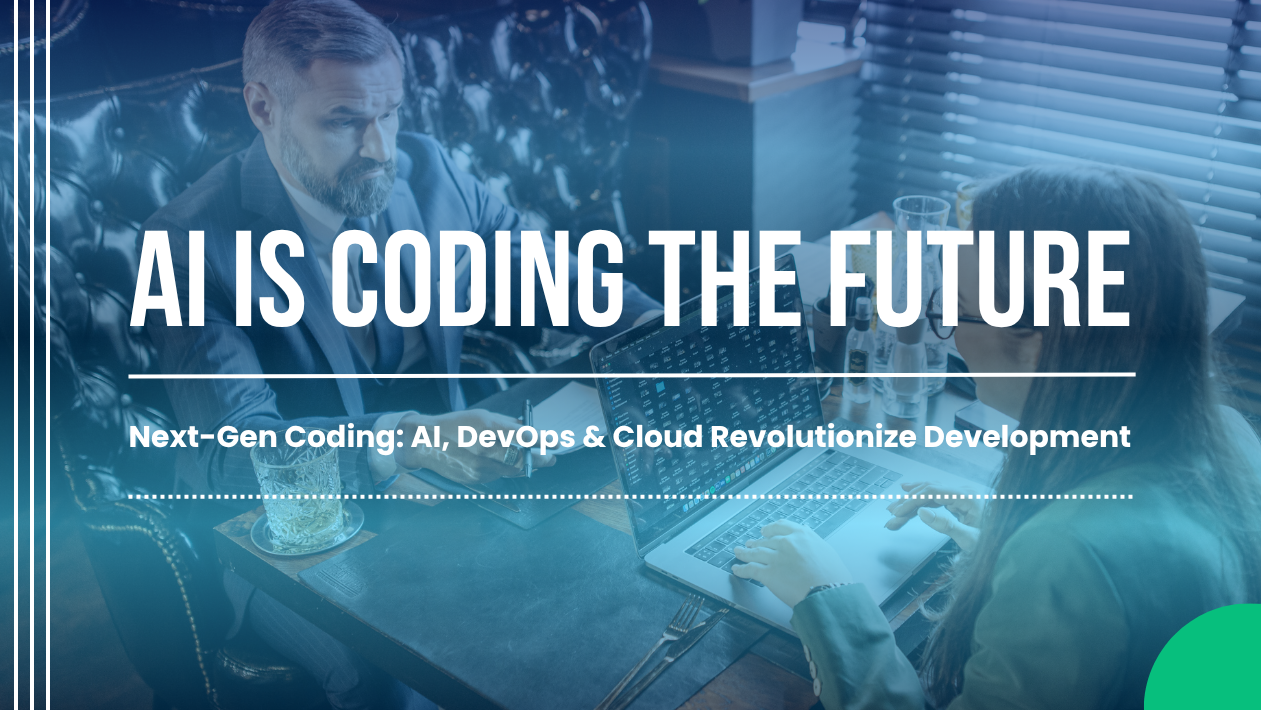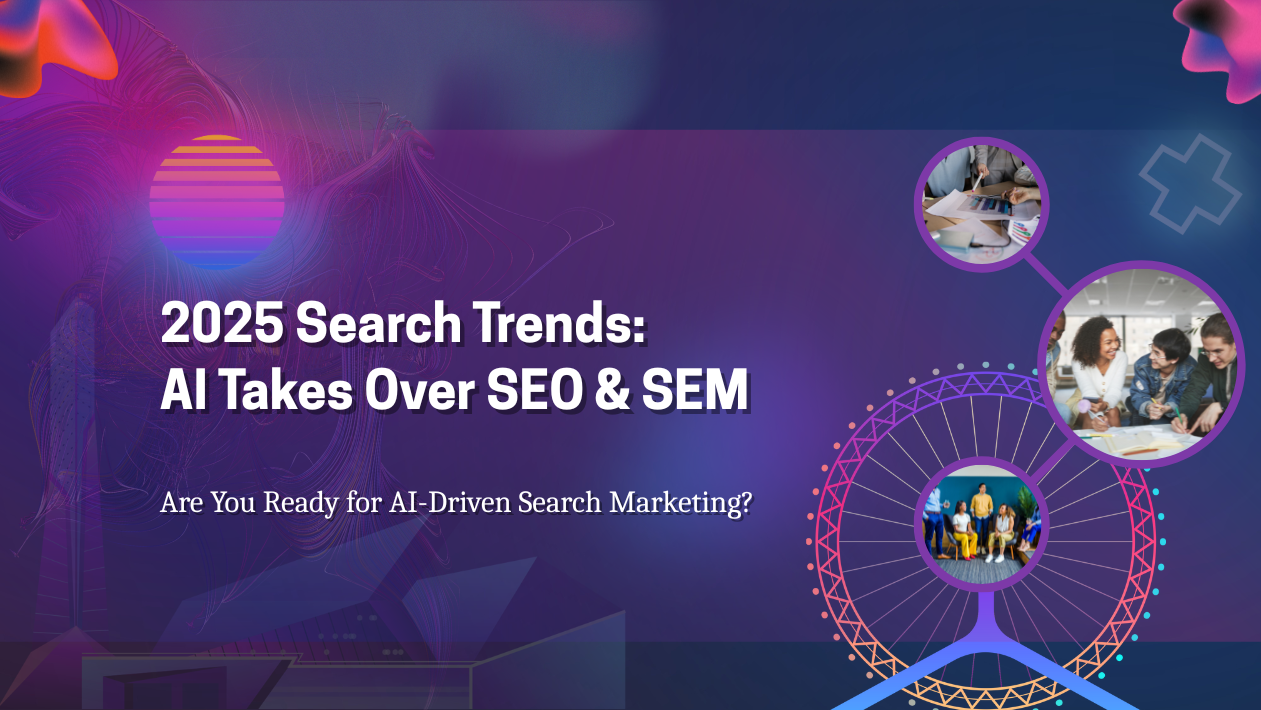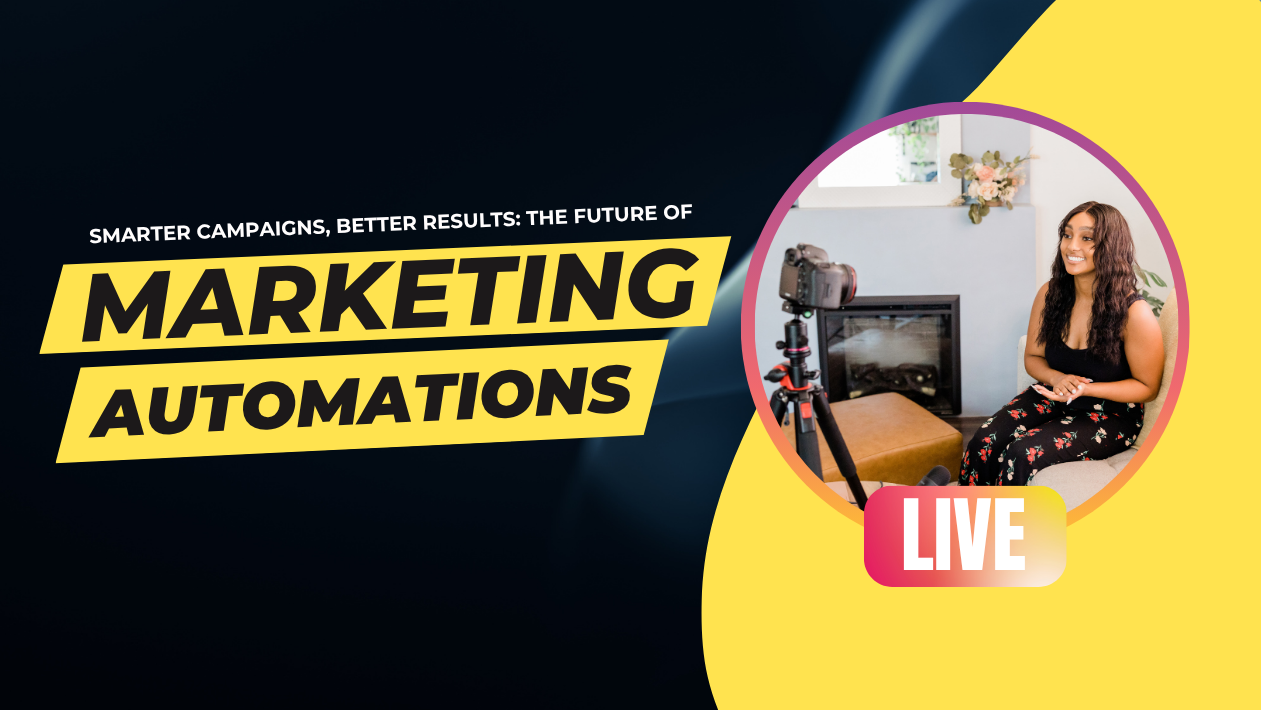Cybersecurity in 2025 has evolved into a high-stakes battleground where AI-driven attacks, state-sponsored espionage, and sophisticated ransomware campaigns challenge even the most prepared organizations. To stay ahead, enterprises are adopting zero-trust frameworks, AI-based threat detection, and quantum-resistant encryption to protect critical infrastructure and sensitive data.
AI: Both Weapon and Shield
Artificial intelligence is reshaping the cybersecurity landscape on both sides of the conflict. Threat actors now deploy AI-generated phishing emails, deepfake voice scams, and autonomous malware that adapts in real time.
In response, security firms are using machine learning and generative AI to predict attack patterns, automate incident response, and neutralize breaches before they spread. Platforms such as CrowdStrike Falcon XDR and Microsoft Security Copilot have become essential tools for rapid detection.
Zero-Trust Architecture Becomes the Global Standard
Governments and Fortune 500 companies alike are adopting zero-trust security models, which assume no user or device is trustworthy by default. Continuous authentication, micro-segmentation, and context-aware access are now mandatory in sectors like finance, healthcare, and critical infrastructure.
The U.S. Cybersecurity and Infrastructure Security Agency (CISA) and the EU’s ENISA both report a sharp decline in successful intrusions for organizations that fully implement zero-trust policies.
Ransomware Groups Evolve Their Tactics
Ransomware attacks remain a top threat, with criminals targeting supply chains, cloud environments, and even Internet-of-Things (IoT) devices. New “double extortion” tactics—where attackers threaten to leak sensitive data even after payment—are prompting companies to bolster data backups, network segmentation, and cyber insurance.
Quantum-Ready Encryption Gains Urgency
With quantum computing advancing, enterprises are migrating to post-quantum cryptography to safeguard long-term data confidentiality. Standards from NIST for quantum-resistant algorithms are driving early adoption across government agencies and multinational corporations.
Workforce and Skills Gap Remain Critical Challenges
Despite technological advances, the human element remains a weak link. The global shortage of skilled cybersecurity professionals has surpassed 4 million, according to ISC². Organizations are responding with upskilling programs, AI-driven training simulations, and managed security services to fill the gap.
The Road Ahead
Cybersecurity in 2025 is a dynamic race between attackers and defenders. As AI, IoT, and quantum computing reshape the digital landscape, companies must invest not just in technology but also in continuous risk assessment, employee training, and cross-industry collaboration to stay resilient.





